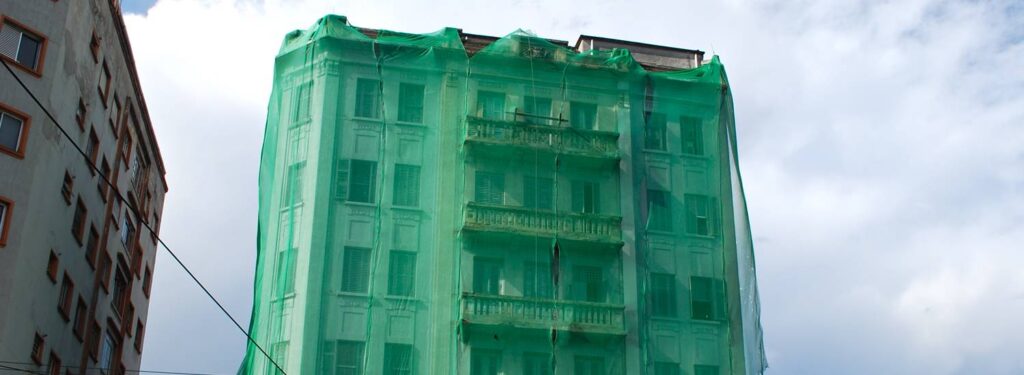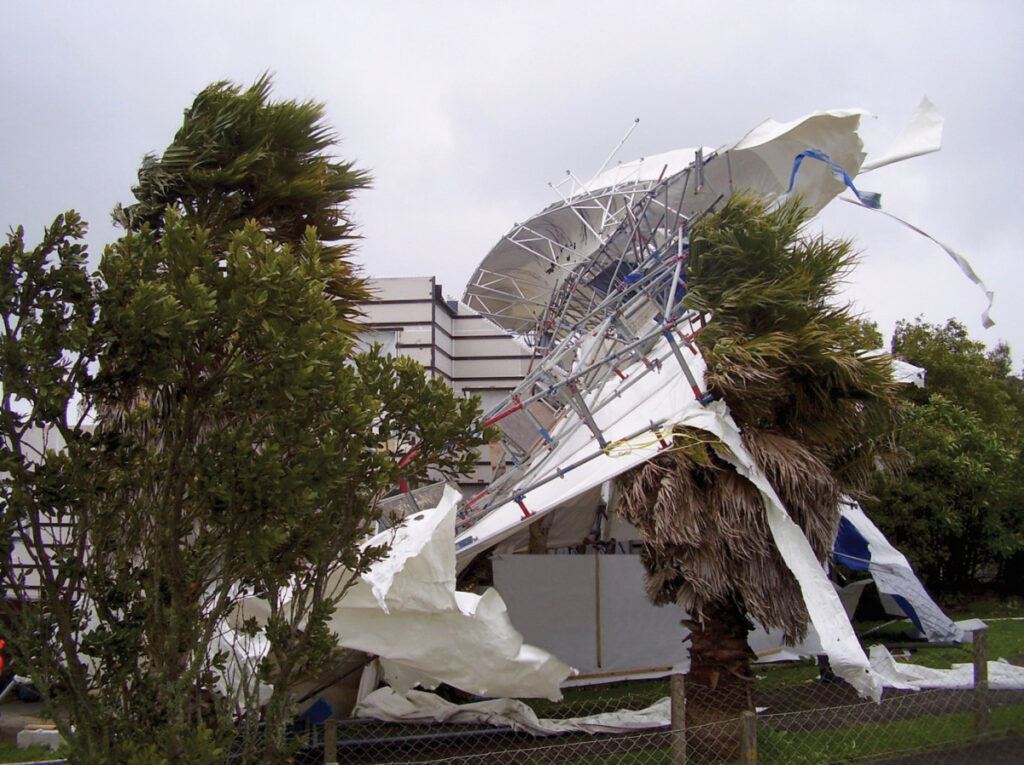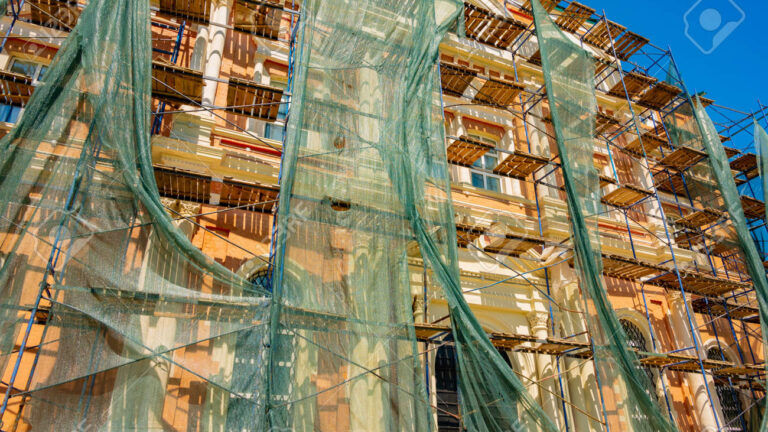In the construction and renovation industries, safety is paramount. One often overlooked element that plays a crucial role in ensuring the safety of workers and the integrity of materials is scaffold shade cloth. This article delves into the importance of scaffold shade cloth, exploring its benefits, applications, and the impact it has on both personnel and materials on site.
What is Scaffold Shade Cloth?
Scaffold shade cloth is a specially designed fabric that is used on scaffolding structures to provide protection from the elements. Typically made from durable, UV-resistant materials, it serves multiple purposes, including shading workers from harsh sunlight, protecting materials from rain, and reducing wind exposure. This versatility makes it an essential component on construction sites, where safety and efficiency are paramount.
In conclusion, scaffold shade cloth plays a vital role in the construction and renovation industries. Its ability to protect workers from harsh weather conditions, preserve materials, and enhance working conditions makes it an indispensable asset on any job site. By understanding its benefits, applications, and best practices for installation and maintenance, contractors can ensure a safer and more efficient working environment.
In addition to its protective qualities, scaffold shade cloth can also enhance the overall working environment. By reducing glare and heat, it helps to create a more comfortable space for workers, which can lead to increased productivity. Furthermore, the use of shade cloth can help to minimise the risk of heat-related illnesses, ensuring that workers remain safe and healthy during long hours on site.

Material Composition
The composition of scaffold shade cloth varies, but it is generally made from high-density polyethylene (HDPE) or similar materials. These fabrics are engineered to withstand various weather conditions, ensuring longevity and reliability on construction sites. The UV-resistant properties of the cloth help to prevent degradation from sunlight, making it a cost-effective solution for long-term projects. Additionally, many manufacturers incorporate anti-fungal and anti-bacterial treatments into the fabric, further enhancing its durability and performance in outdoor settings.
Moreover, the manufacturing process of scaffold shade cloth often includes advanced weaving techniques that provide added strength and flexibility. This means that the cloth can endure the stresses of high winds and heavy rain without tearing or losing its effectiveness. The ability to customise the weave density also allows for a range of shading options, catering to different project requirements and environmental conditions.Lezrn more about catering at https://dining.tc.umn.edu/catering
Types of Shade Cloth
There are various types of scaffold shade cloth available, each designed to meet specific needs. Some are designed for maximum shade, while others focus on breathability and airflow. The choice of shade cloth can depend on the climate, the type of work being carried out, and the level of protection required for both workers and materials. For instance, in hotter climates, a higher shade percentage may be preferred to keep temperatures down, while in cooler regions, a more breathable option may be beneficial to allow for air circulation.
Additionally, scaffold shade cloth comes in a variety of colours and patterns, which can serve both functional and aesthetic purposes. Bright colours can enhance visibility on site, improving safety, while more subdued tones may be chosen to blend in with the surrounding environment. Some contractors even opt for printed shade cloth that features branding or project information, turning a practical solution into a marketing opportunity. This combination of functionality and style makes scaffold shade cloth a versatile choice for modern construction projects.
Benefits of Using Scaffold Shade Cloth
The advantages of using scaffold shade cloth extend beyond mere protection from the sun. It plays a significant role in enhancing workplace safety and efficiency, which can ultimately lead to improved project outcomes.
Worker Protection
One of the primary benefits of scaffold shade cloth is the protection it offers to workers. Prolonged exposure to direct sunlight can lead to heat stress, sunburn, and other heat-related illnesses. By providing a shaded area, scaffold shade cloth helps to mitigate these risks, allowing workers to perform their tasks more comfortably and safely.
Material Preservation
Materials used in construction, such as paint, adhesives, and various building supplies, can be adversely affected by exposure to sunlight and rain. Scaffold shade cloth acts as a barrier, protecting these materials from the elements and preventing damage that could lead to costly repairs or replacements. This preservation not only saves money but also ensures that projects stay on schedule.
Enhanced Visibility and Working Conditions
In addition to providing shade, scaffold shade cloth can improve visibility on the worksite. By diffusing harsh sunlight, it creates a more even light distribution, reducing glare and making it easier for workers to see their tasks clearly. This improved visibility can enhance productivity and reduce the likelihood of accidents caused by poor sightlines. Click here to learn more about productivity.
Applications of Scaffold Shade Cloth
Scaffold shade cloth is versatile and can be used in various applications across different sectors. Its adaptability makes it an essential tool in many construction and renovation projects.
Construction Sites
On construction sites, scaffold shade cloth is commonly used to cover scaffolding structures. This provides a safe working environment for labourers while protecting materials from weather-related damage. It is particularly beneficial in regions with extreme weather conditions, where sun exposure and rain can be detrimental to both workers and materials.
Renovation Projects
During renovation projects, scaffold shade cloth can be invaluable. It allows for work to continue uninterrupted, regardless of the weather. Whether it’s a residential building or a commercial structure, the use of shade cloth ensures that the project remains on track and that the quality of work is maintained.

Event Spaces and Temporary Structures
Beyond construction, scaffold shade cloth is also used in event spaces and temporary structures. It can provide shade for outdoor events, creating a comfortable environment for attendees. Additionally, it can be used to create barriers for privacy or to delineate specific areas within a larger space.
Installation and Maintenance of Scaffold Shade Cloth
Proper installation and maintenance of scaffold shade cloth are crucial to ensure its effectiveness and longevity. Understanding the best practices can prevent issues that may arise during use.
Installation Guidelines
When installing scaffold shade cloth, it is essential to ensure that it is securely attached to the scaffolding structure. This can be achieved using clips, ties, or other fastening methods that prevent the cloth from flapping in the wind. Additionally, it should be positioned to provide optimal coverage without obstructing the work area.
Regular Inspections
Regular inspections of the shade cloth are necessary to identify any signs of wear and tear. This includes checking for fraying edges, tears, or fading, which may indicate that the material is no longer effective. Addressing these issues promptly can prevent further damage and ensure continued protection for workers and materials.
Challenges and Considerations
While scaffold shade cloth offers numerous benefits, there are challenges and considerations that must be taken into account when using it on a construction site.
Weather Conditions
Extreme weather conditions can pose challenges for scaffold shade cloth. High winds, for instance, can cause the cloth to flap or even detach from the scaffolding. It is essential to monitor weather forecasts and take appropriate measures, such as removing the cloth during severe weather events, to prevent damage.
Cost Implications
While scaffold shade cloth is a cost-effective solution for protecting workers and materials, the initial investment can be a concern for some contractors. However, when considering the potential costs of material damage and worker downtime, the benefits often outweigh the initial expenditure. Investing in quality shade cloth can lead to significant savings in the long run.
Conclusion
As the industry continues to evolve, the importance of safety and efficiency will remain paramount. Scaffold shade cloth is a simple yet effective solution that contributes to achieving these goals, ultimately leading to successful project completion and satisfied stakeholders.
Other resources: How Site Mesh and Scaffold Netting Improve Construction Site Safety

